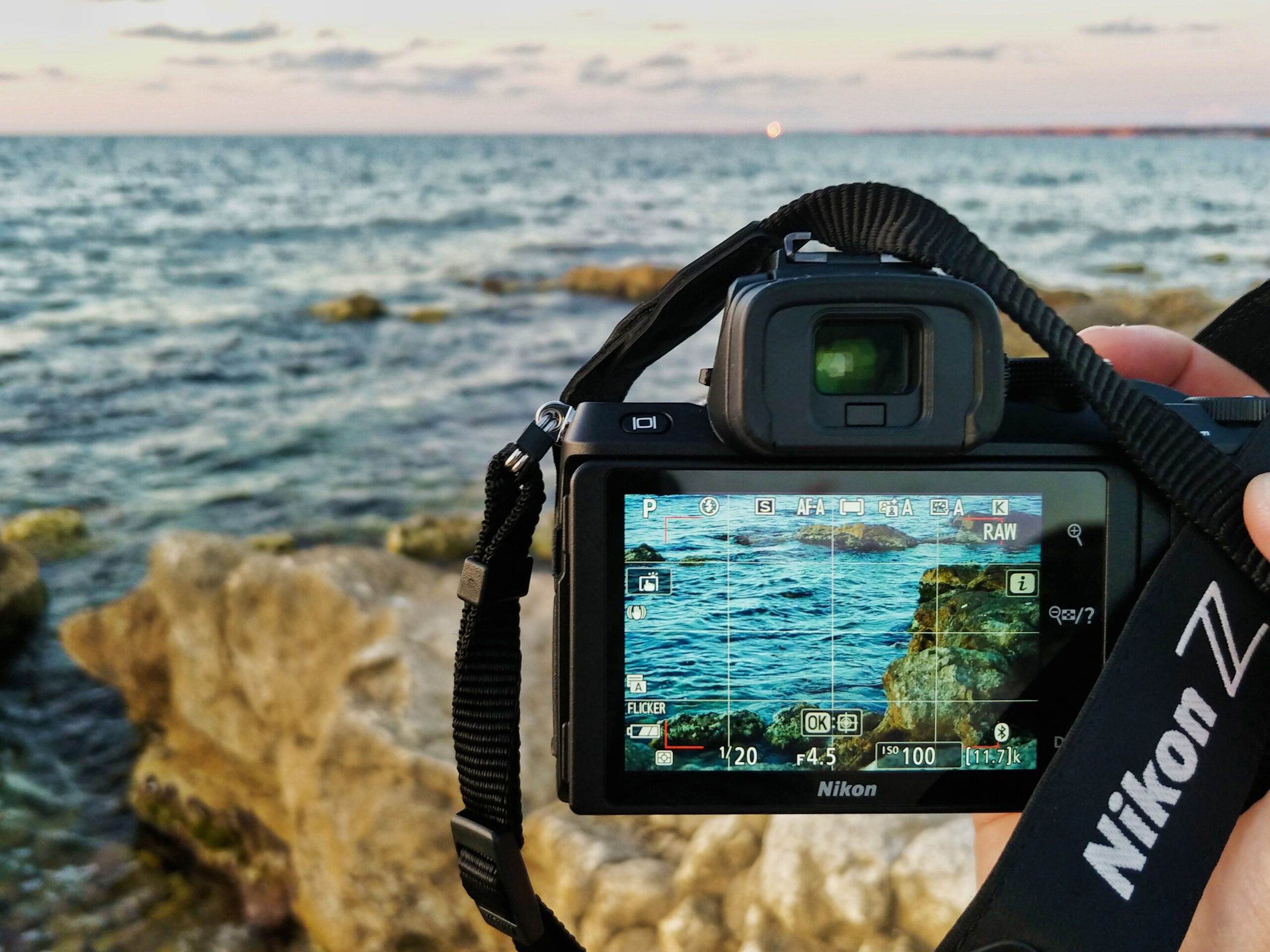
Why Photographing Your Physical Media Collection Is a Smart Choice
At some point, you have probably amassed a collection of physical media items, such as books, vinyl records, DVDs, or Blu-rays. These items can bring you joy, entertainment, education, or nostalgia, depending on your tastes and goals. However, they can also take up space, gather dust, fade, scratch, or get lost or stolen. That’s why we recommend that you take pictures of your physical media collection and store them digitally, either on your device or in the cloud. In this article, we’ll explain why this is a smart choice and how you can do it efficiently and effectively.
Benefits of Photographing Your Physical Media Collection
Preservation
By photographing your physical media collection, you can preserve the visual and informational aspects of the items, even if the physical items deteriorate or disappear. You can capture the colors, shapes, designs, and textures of the covers, labels, spines, and insides of the items, as well as the titles, authors, publishers, release dates, editions, and other relevant metadata. You can also add your own notes or ratings, or link to external reviews or resources. By doing so, you can create a virtual archive of your collection that can last longer and be more accessible than the physical collection.
Convenience
By having a digital copy of your collection, you can access it from anywhere and anytime, as long as you have an internet connection or a device that stores the images. You can browse, search, sort, or share the images easily, without having to physically handle the items or go to the place where they are stored. You can also save space, reduce clutter, and avoid duplication or loss of items. For example, if you lend a book to a friend, you can still refer to the image of the book while it’s away, or if you move to a smaller place, you can still keep the images of the books that you love.
Creativity
By photographing your physical media collection, you can unleash your creativity and explore new ways of organizing, presenting, or sharing the images. You can create collages, montages, or timelines of the items, or group them by genre, color, theme, or mood. You can also add filters, effects, or captions to the images, or use them as backgrounds or templates for your digital creations. You can even use the images as a source of inspiration or reference for your own artistic or intellectual pursuits.
How to Photograph Your Physical Media Collection
Now that you know the benefits of photographing your physical media collection, you may wonder how to do it efficiently and effectively. Here are some tips that can help you:
Prepare the items
Before you photograph your physical media collection, make sure that the items are clean, dry, and free of dust, fingerprints, or stickers. You may need to use a soft cloth, a brush, or a cleaning solution to remove any dirt or grime. You may also need to remove any protective covers, sleeves, or cases that may reflect light or obscure the images. If you want to photograph the items in a particular order or arrangement, you may want to make a list or a sketch of the layout beforehand.
Choose the equipment
To photograph your physical media collection, you don’t need to have a professional camera or a studio. You can use a smartphone, a tablet, or a digital camera that has a decent resolution and a good focus. You may want to use a tripod or a stand to stabilize the device and avoid shaking or blurring. You may also want to use natural light or a lamp that doesn’t cast shadows or glare on the items. If you want to capture the images in a high-quality.


